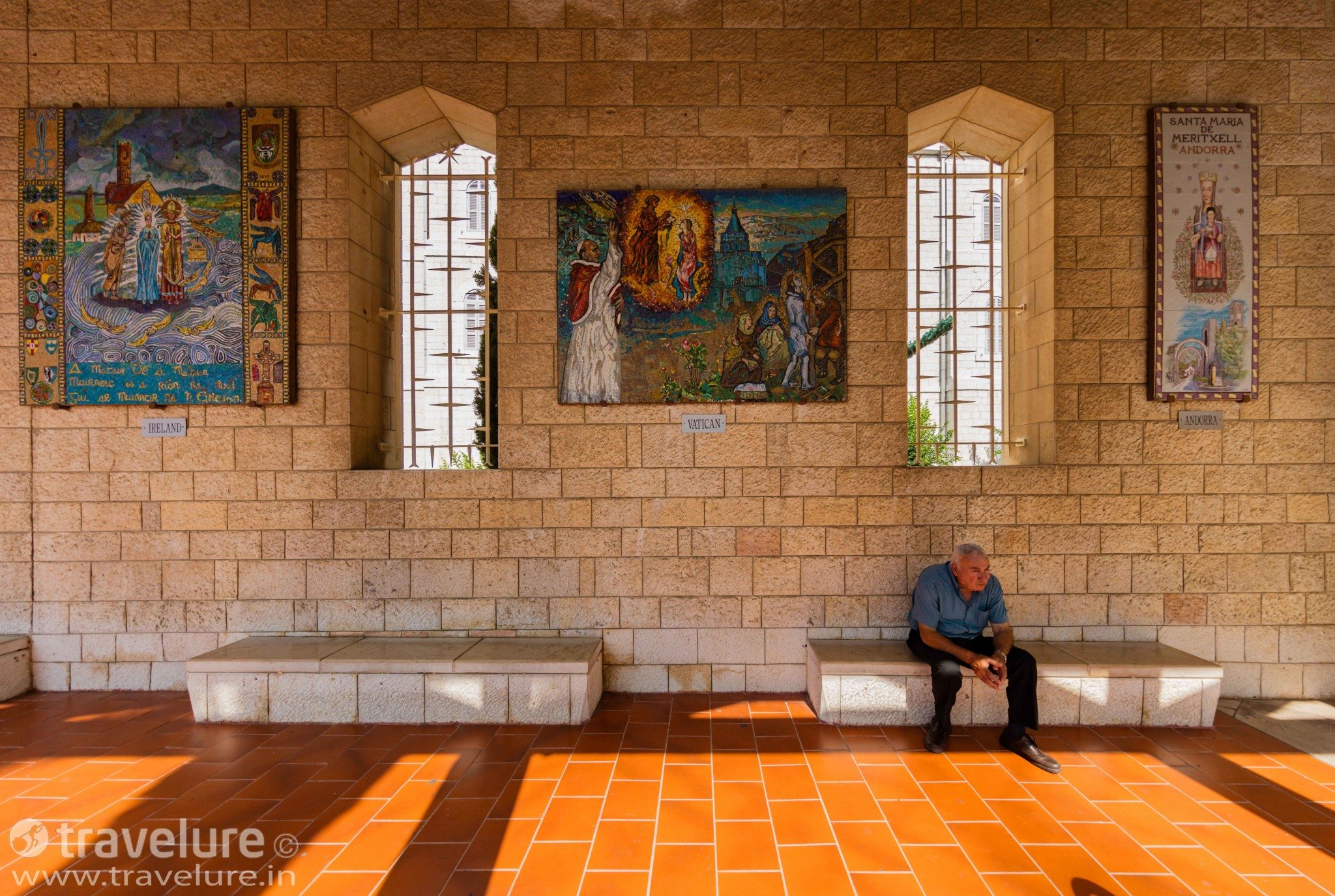Korlai Fort Alibag – So Near, Yet So Far
My post on Revdanda fort was about Shivaji occupying it and soaring to great heights by building a powerful Maratha Navy. This post is on Korlai Fort which is 5 km by road from Revdanda fort, but just 2.5 km away as crow flies. Shivaji’s glory started from Revdanda and spread across the Konkan coast north and south of Revdanda, but it is ironic that despite many attempts at occupying Korlai, Shivaji failed to capture it. In the end, he just gave up. So, while his tale of glory started in its neighbourhood, the Korlai Fort remained too far for him.

Korlai Fort History
Built by the Portuguese in 1521 CE, Korlai was a companion fort to Revdanda (Chaul) Fort. They perched it on a tiny peninsula jutting north at the mouth of River Kundlika. These twin forts formed a powerful defence for the Revdanda creek. At a perfect vantage, they helped the Portuguese monitoring of the vessels arriving from the sea. Though Shivaji could not annex it, it later went to Marathas, before landing with the British East India Company.

There is an interesting back story to its name. Earlier, the fort was called ‘Morro de Chaul’ – ‘morro’ in Portuguese means a small rounded hill. The Portuguese living around Chaul spoke a peculiar dialect of Creole called ‘Kristi’. The name Korlai came from the locals distorting the word ‘Creole.’ Another belief is that many curlews came here every winter. And the name Korlai came from the word ‘curlew.’


Korlai Architecture
Built on a European architectural model, the fort has a deep moat around it. The access was only through drawbridges. The architect built its two walls, one around the base of the hill, and the other at the top of the hill, with local granite stone and sea sand. These walls are irregular to maximise land usage. Around 400 atelier gaps and holes for gun-firing dot these walls.

Besides an armoury, living quarters for soldiers, space for cannon movement, and some strong bastions, the complex also had a church that functioned until 1728 CE. Watchtowers along its periphery helped the soldiers keep vigil. The British built a lighthouse here to help ships navigate the rocky coastline.

While there, request the lighthouse staff to allow you up. The view from the lighthouse top is fabulous. To get to the fort, hike up this hillock from the lighthouse complex entrance. While this 500-year-old fort may be in ruins, this hike is worthwhile to appreciate its historical and military importance and to get some drop-dead gorgeous sea views from its many viewpoints.
Pin this granite superstructure!



















